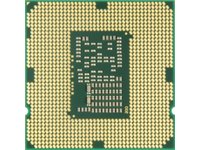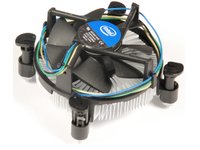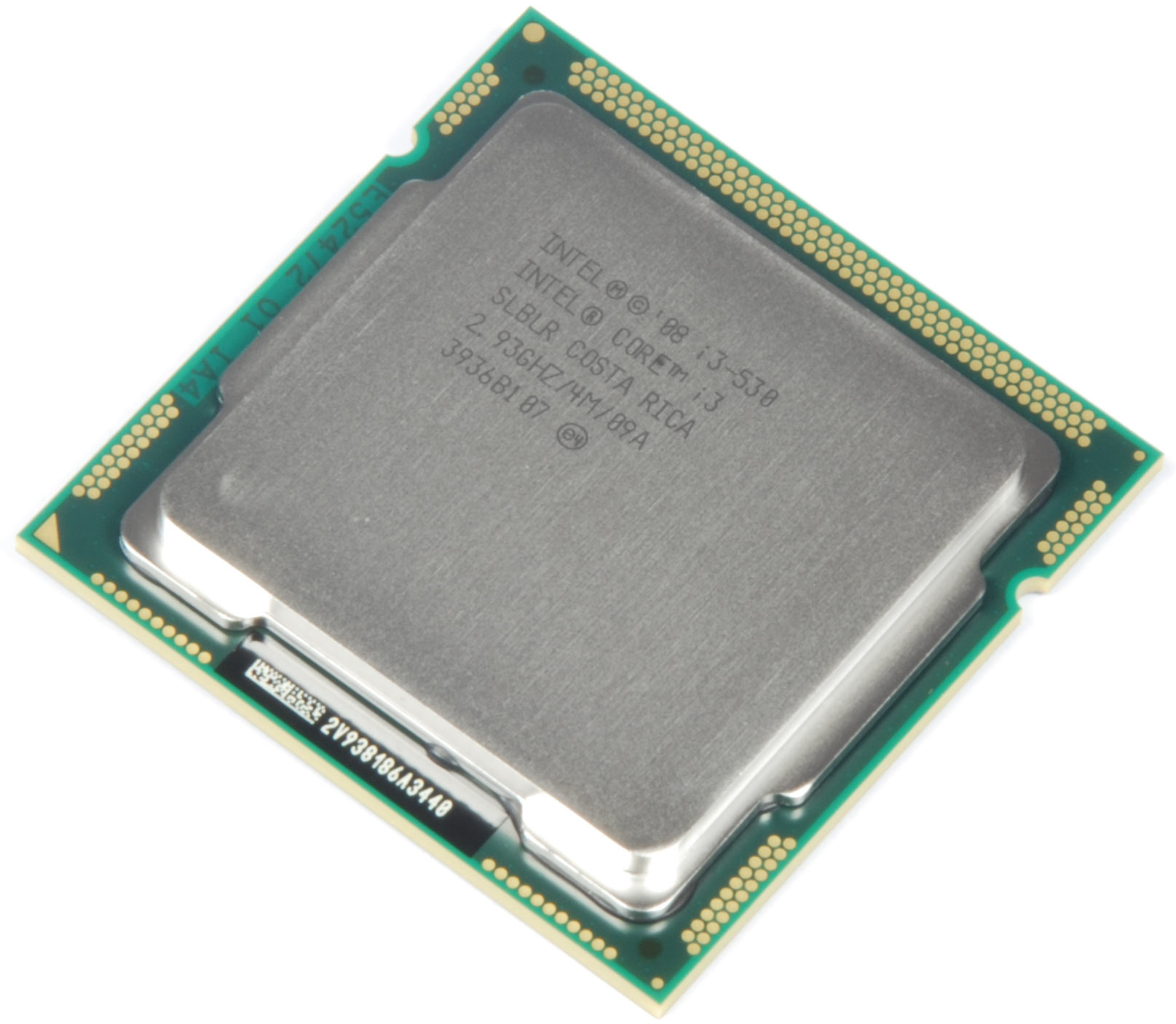Efficiency Analysis: Core i3 Trumps Atom On The Desktop
Atom was designed to be a low-cost, low-power solution, but its value in the desktop space is debatable if you consider performance. We pit the cheapest Core i3 against Intel's Atom on a performance-per-dollar and a per-watt basis to see which is better.
The Challenger: Core i3-530
Last but not least, we have the challenger, for users who care about more than cost. Judging by its specs alone, the Core i3 seems appropriate for this comparison. Then again, the i3 line starts at $115 while an Intel D510MO costs only $75—and that still leaves you having to purchase a motherboard for Core i3. Let’s read on before discussing these details.
Core i3-530 is based on the 32 nm Clarkdale dual-core design and mainstream LGA 1156 socket. Still, this processor is the cheapest entry point into a full-featured Intel desktop platform. We reviewed the Core i5-661 top model and looked at its efficiency in January 2010. In February, we determined the chip's most power-efficient overclocks.
Like the Core i5-600, the base model Core i3 has 4MB of shared cache with 512KB of discrete L2 cache per core. The Core i3-530 runs at 2.93 GHz, but it doesn’t support Intel’s Turbo Boost feature that would allow the processor to automatically increase clock speeds for as long as thermal headroom allows. The i3-530 also doesn’t support AES new instructions (AES-NI).


Core i3 and i5 dual-core processors are rated with a 73W TDP, and you still have to add platform power draw. This might make a comparison between Atom and Core i3 look totally off-base, but that’s only true if you stare at cost within the entry-level market segment. From a more experienced user’s point of view, the differences may be relevant in a purchase decision.


Get Tom's Hardware's best news and in-depth reviews, straight to your inbox.
Current page: The Challenger: Core i3-530
Prev Page Today: Atom D510 And Intel D510MO Next Page Zotac H55-ITX WiFi
